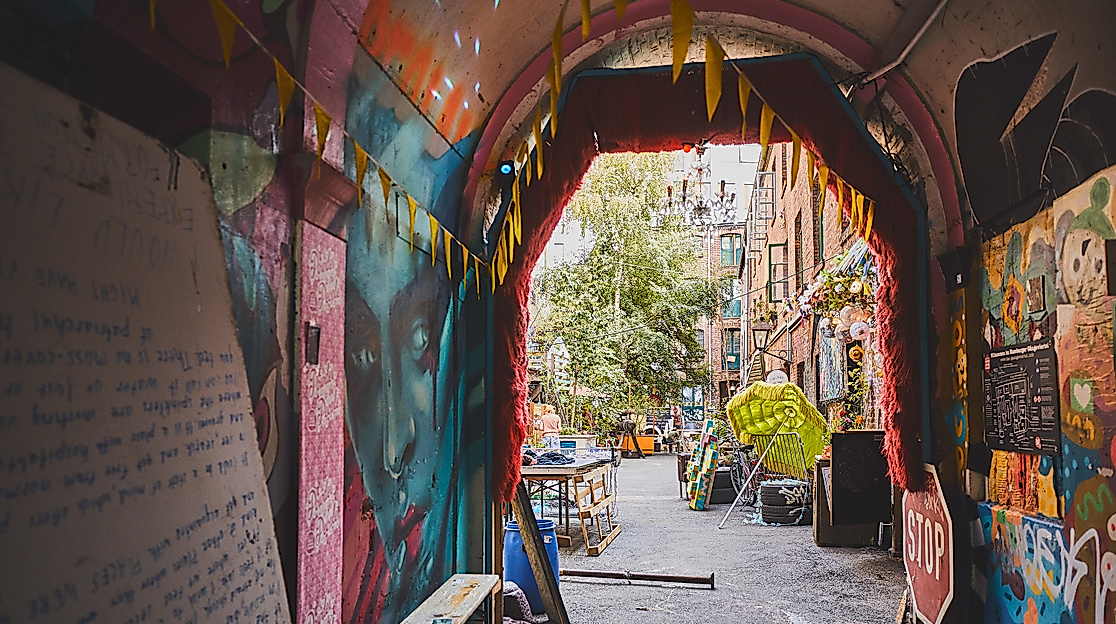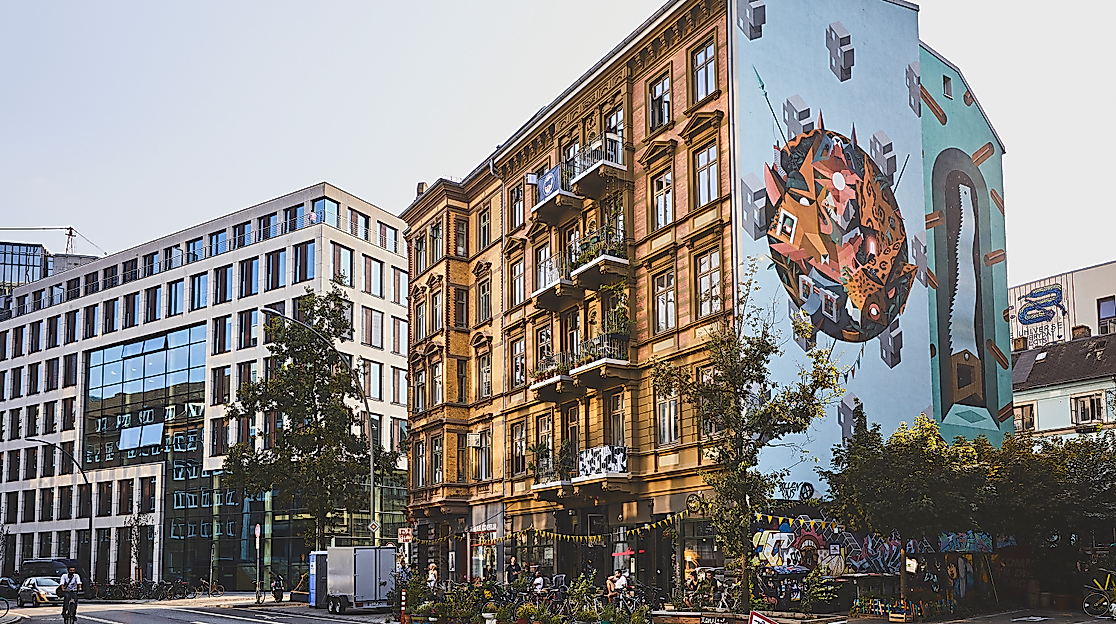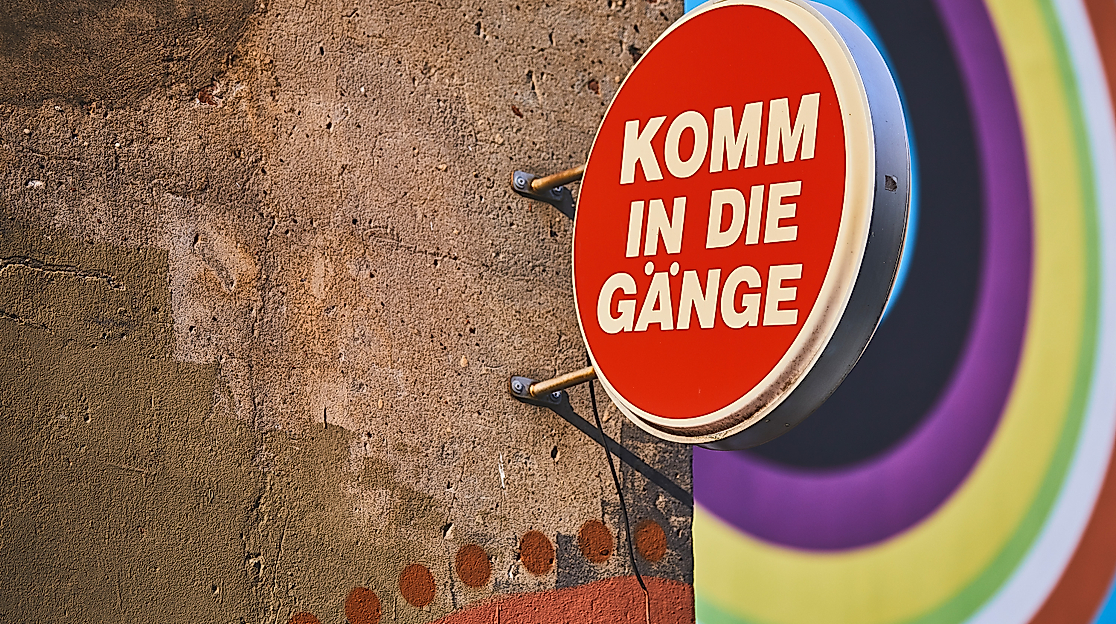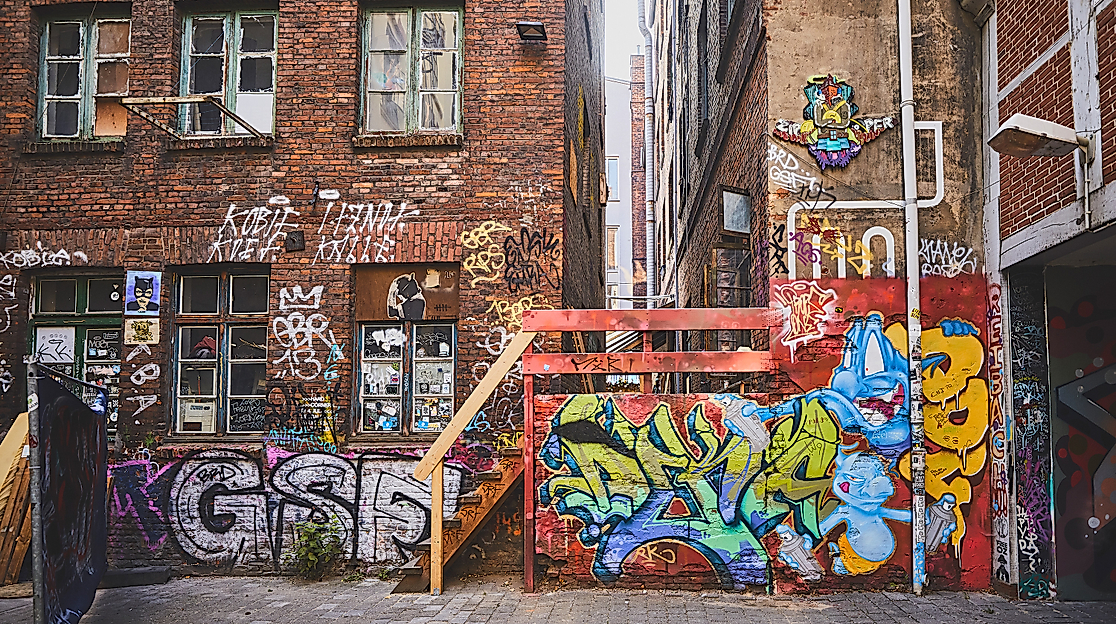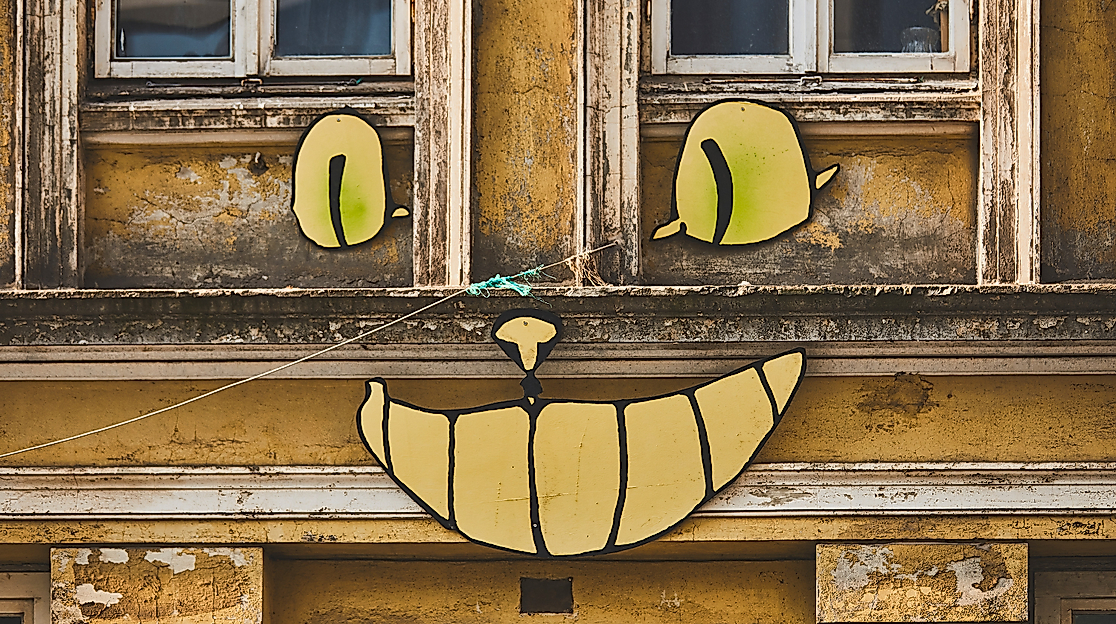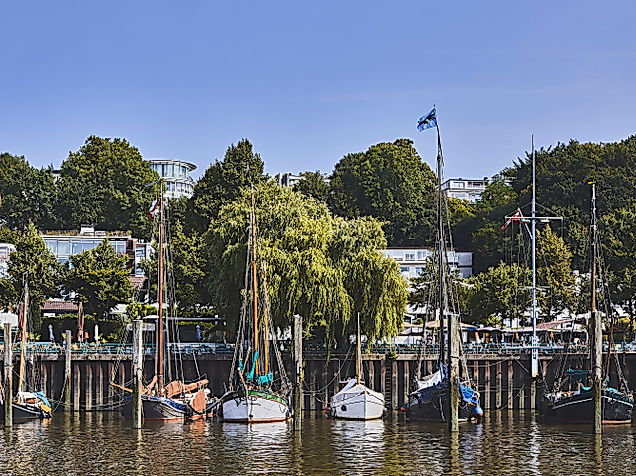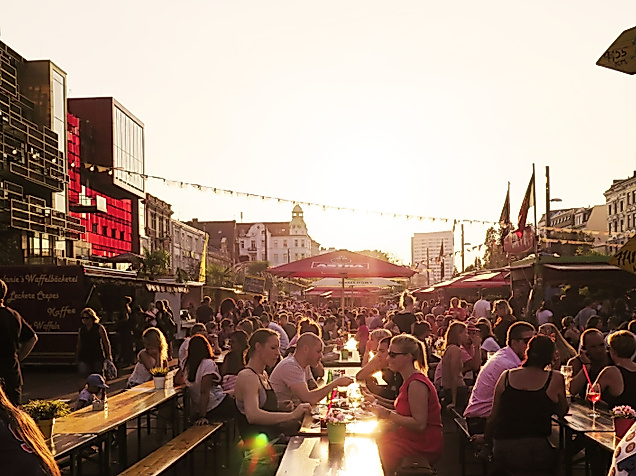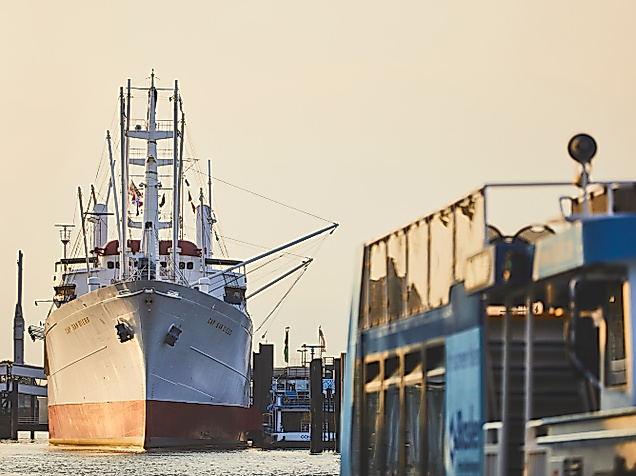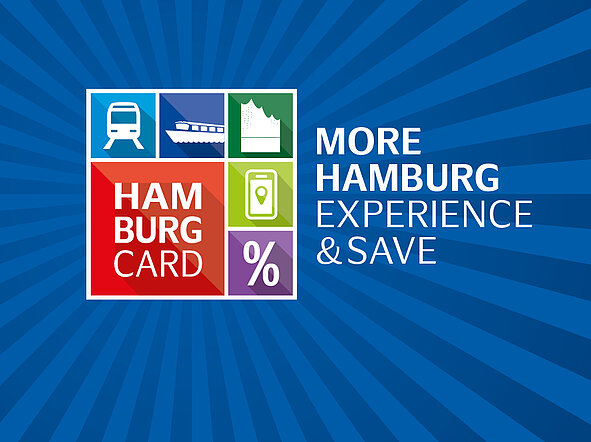
Gängeviertel
The Gängeviertel in Hamburg wants to be a free space for everyone. In 2009, 200 artists prevented the demolition of the historic residential quarter. Today, the quarter is marked by cultural exchange.
In Hamburg's Gängeviertel, the modern and the past meet. In 2009, the historic building complex was threatened with demolition after years of decay. The occupation of the houses by 200 artists prevented the end of the quarter. Since then, the Gängeviertel has established itself as a space in the city centre for something new.
Home to thousands of worker families
The original Gängeviertel district stretched from Hamburg harbour to the Neustadt and the city centre. The narrow residential area offered a home to thousands of workers' families. The unhygienic conditions prevailing there led to the outbreak of the cholera epidemic in Hamburg in 1892. The city of Hamburg drew its consequences and began to rehabilitate the run-down districts. Large parts of the corridor quarter were demolished in the course of these measures. The remains were destroyed during the Second World War or had to make way for the Unilever high-rise. The only remains were the Gänge quarter along the Bäckerbreitgang and between Caffamacherreihe, Valentinskamp and Speckstraße.
The Gallic village
In the immediate vicinity of the Gängeviertel, modern office and residential towers have been built in recent decades. While the surrounding area shone in new splendour, the Gängeviertel was threatened with decay. In 2008, an investor received a purchase surcharge for the historic residential quarter. He planned the conversion of the quarter, which was to be accompanied by the departure of the previous tenants and the destruction of the historic substance. 200 artists reacted by occupying the quarter and were able to prevent the plans. In 2010, the city bought the Gängeviertel back from the investor.
A look into the future
In recent years, the Gängeviertel has been transformed into a public, socio-cultural area. More than ten thousand guests have visited the quarter so far. The heart of the historic complex is the "Fabrique". Concerts, exhibitions and parties take place here at regular intervals. The creation of a socially acceptable living and working space has not yet been completed. The Gängeviertel is subject to permanent change. Always under the motto: We are all the city.
